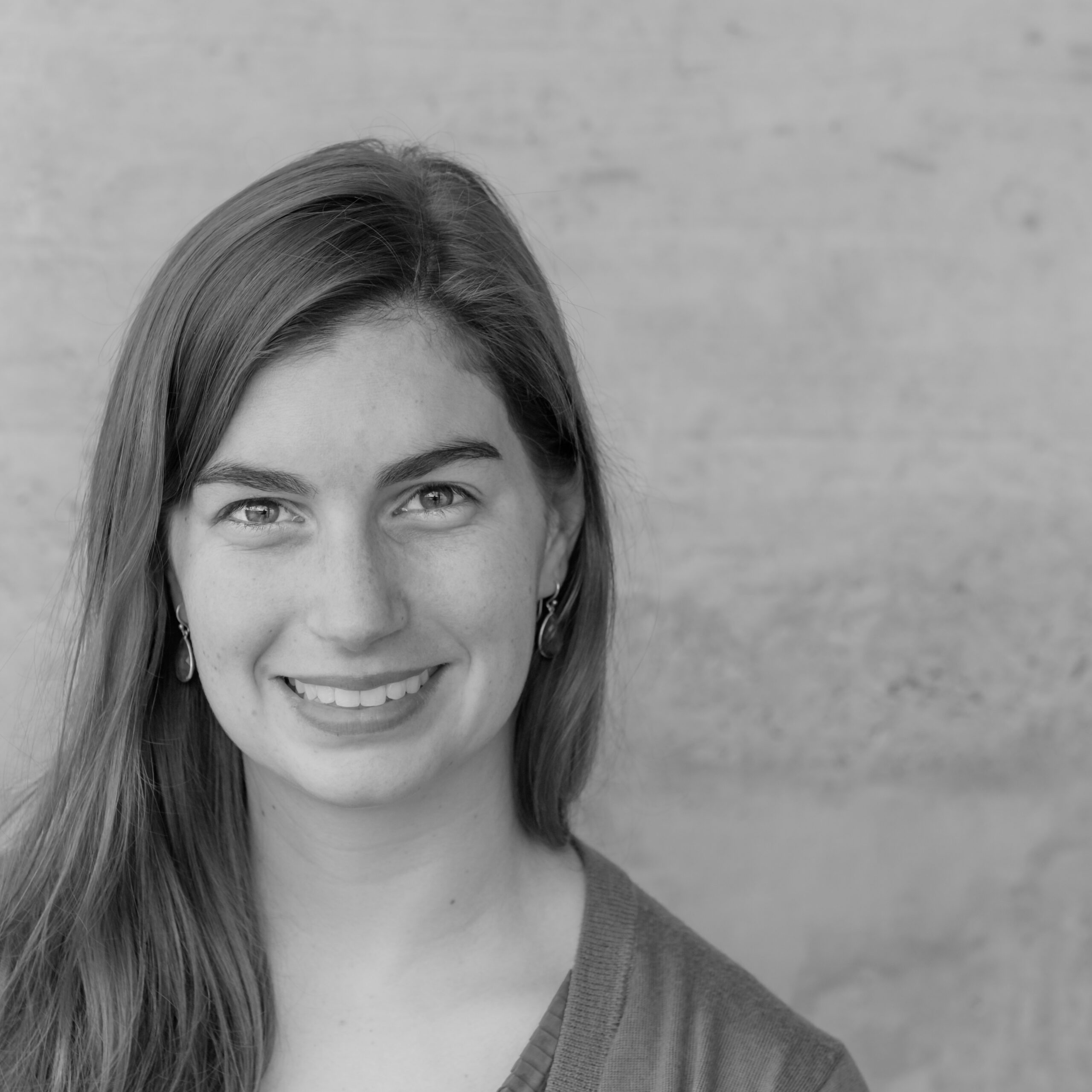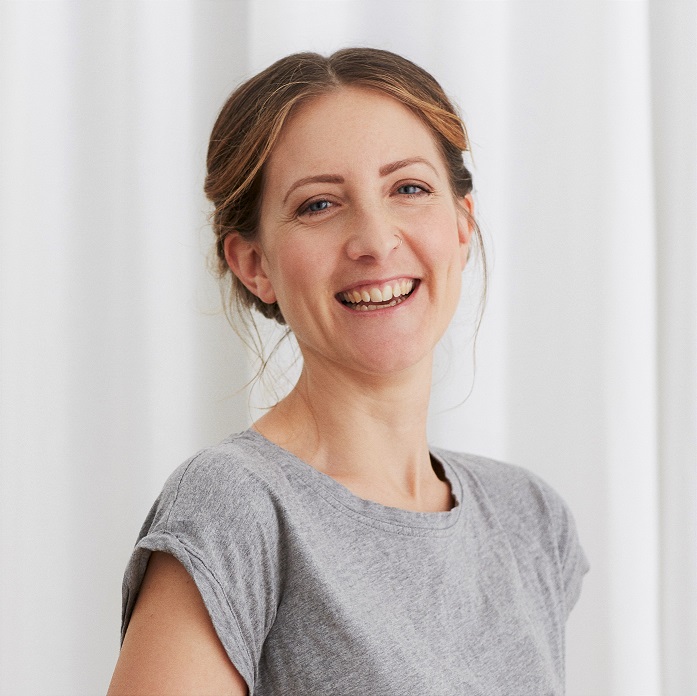
WG4 Leaders
Lead
WG4
Description
WG4 aims to identify suitable and validated analytical methods for detection and quantification of NPs based on the experiences of the Action participants. An additional aim is to produce/compile NP hazard and fate data, while evaluating the reliability and environmental relevance of the studies. Mechanisms of NP toxicity and interaction of NPs with biomes will be explored. Finally, analytics, metrics, and fates specific to NPs (opposed to MPs) will be evaluated and improved to more fully understand the differences among these smaller plastics in the context of global plastics pollution.
WG4
Meetings
WG4 kick-off meeting, 05th July 2022, hybrid (Brescia, Italy)
This meeting involved short presentation about the aims of the WG4 and envisaged activities, as well as short introduction of all the WG4 participants. Two breakout rooms were organized in order to discuss fitting nanoplastics in NanoCRED and FRAME frameworks.
2nd WG4 meeting, 21th September 2023, hybrid (Brussels, Belgium)
Five lectures were organized in order to present the state of the art for the nanoplastic research:
- “Micro- and nanoplastics in aquatic environments: sources, effects, and solutions” by Elvis Genbo Xu
- “CE4Plastics and MS4Plastics: Advancing Nanoplastics Analysis at VITO” by Milica Velimirovic
- “Physicochemical characterization and quantification of nanoplastics: applicability, limitations and complementarity of batch and fractionation methods” by Andy Booth
- “Flocs as Vectors for Micro- and Nanoplastics in the Aquatic Environment” by Nan Wu,
- ”How the choice of model nanoplastic particle matters to understand their environmental fate” by Alice Pradel
3rd WG4 meeting, 18th June 2024, hybrid (Novi Sad, Serbia)
Thematic discussion: “From microplastics to nanoplastics and beyond – Where we are…”
The discussion focused on the transition from micro- to nanoplastics, addressing scientific, analytical, and environmental perspectives. Key contributions included:
- Dimensions – Thomas Meisel (Montanuniversität Leoben, Austria) outlined the dimensional classification of plastic particles and the related metrological challenges in defining the nano–micro boundary.
- Analytical techniques – Carlos Adelantado Sánchez (VITO, Belgium) and Damjana Drobne (University of Ljubljana, Slovenia) presented recent advances in analytical approaches for nanoplastics detection and characterization, including the integration of complementary methods.
- Environmental relevance – Stefania Federici (University of Brescia, Italy) discussed the implications of nanoplastics in environmental systems, emphasizing their potential effects and the need for harmonized assessment frameworks.
- Open discussion – Inputs from WG4 members expanded the debate on current research gaps, methodological harmonization, and future priorities.
WG4
Completed or ongoing activities
- Training School organized: Workshop for Early Career Researchers: Best Practices and Expert Insights -13-17 June 2022, Athens.
The overarching goal of this conference was to increase interaction between students (Ph D candidates, early stage Postdocs) and field-leading experts, through a series of novel and targeted interactive development and break-out sessions, with active participation of a wide variety of scientists from different backgrounds.
WG4
State of the art
WG4 participants
- Doi: 10.1016/j.ecolind.2023.110836
- Doi: 10.3390/polym13213745
- Doi: 10.3390/nano12091560
- Doi: 10.1007/s10924-022-02690-0
- Doi: 10.1016/j.envres.2023.116227
- Doi: 10.1016/j.envpol.2022.120788
- Doi: 10.1016/j.jhazmat.2021.125751
- Doi: 10.1007/s00216-022-04321-y
- Doi: 10.5194/egusphere-egu23-72
- Doi: /10.1016/j.trac.2023.117119
- Doi: 10.1007/s00216-023-04689-5
- Doi: 10.3389/fmicb.2021.603967
- Doi: 10.1016/j.envpol.2022.120680
- doi: 10.1016/j.cis.2020.102337
- doi: /10.1016/j.trac.2022.116885
- doi: 10.1039/D1EN00945A
- doi: 10.1021/acs.est.2c07416
- doi: 10.1021/acs.langmuir.3c01700
- doi: 10.1016/j.molliq.2023.122285
- doi: 10.1016/j.jhazmat.2022.129692
- doi: 10.1016/j.envpol.2022.119651
- doi: 10.1016/j.envpol.2022.119851
- doi: 10.1016/j.freeradbiomed.2023.01.015
- doi: 10.1016/j.jhazmat.2022.129011
- doi: 10.1021/acs.est.1c05614
- doi: 10.3389/fenvs.2020.00089
- doi: 10.1038/s41565-021-00888-2
- doi: 10.1038/s41565-018-0360-3
- doi: 10.1016/j.neuro.2019.12.010
- doi: 10.1016/j.scitotenv.2023.164682
- doi: 10.1016/j.scitotenv.2022.156391
- doi: 10.1016/j.scitotenv.2021.152092
- doi: 10.1289/EHP10272
- doi: 10.1021/acs.est.1c07377
- doi: 10.1039/d2ew00226d
- doi: 10.1007/s11157-021-09609-6
- doi: 10.1186/s43591-021-00005-z
- doi: 10.1038/s41598-023-37290-y
- doi: 10.1016/j.envpol.2018.01.024
- doi: 10.1016/j.scitotenv.2020.138792
- doi: 10.1007/s00216-022-04321-y
- DOI: 10.1201/9781003142287-17
- Doi: 10.1080/1023666X.2023.2254034
- Doi: 10.6000/1929-5995.2023.12.10
- Doi: 10.3389/fpls.2022.1027608
- DOI: 10.3390/biom11101442
- DOI:10.3390/biom11060859
- DOI: 10.1039/d1en01199e
- DOI: 10.1016/j.chemosphere.2023.138360
- DOI: 10.1016/j.etap.2023.104140

